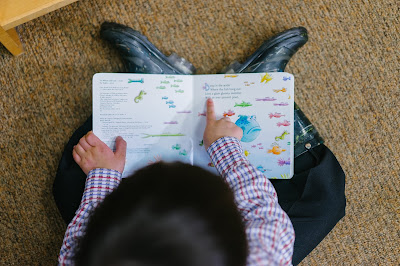What is Rhyming in Reading?
{This post may contain affiliate links to materials I recommend. If you purchase something using these links I may receive a small commission.}
For example:
I'm a little teapot
Short and stout.
Here is my handle
Here is my spout.
When I get all steamed up
I just shout.
Tip me over and pour me out.
Short and stout.
Here is my handle
Here is my spout.
When I get all steamed up
I just shout.
Tip me over and pour me out.
Rhyme is a craft, which offers many effects. It can give a story or poem a sing-song quality. It aids in memory, allow children to predict upcoming words or memorize verses. It is creates a clear form of repetitive and predictable text to follow. It can also create a mood, depending on the connotation of the particular words being emphasized.
Why is Rhyme Important for Phonemic Awareness?
Being able to detect patterns in words is an early phonemic awareness skill. It helps children develop sound awareness.Reading stories with rhyming and playing rhyming games, which focus on identifying a repetition of similar-sounding sounds, are important activities for helping children learn how to listen for, identify, and reproduce familiar patterns; this will support them in reading and spelling.






.png)




.png)





No comments